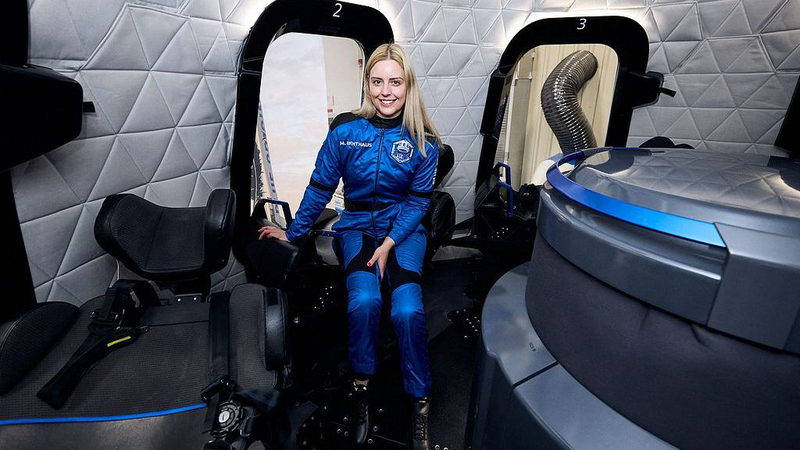The China Space Station is gearing up for a significant expansion, moving towards a cross-shaped configuration and potentially doubling in size with additional modules in the coming years. Following the return of the Shenzhou-16 crew, the station now hosts its youngest group of astronauts, with an average age of around 40, marking a historic milestone in China's space endeavors.
The upcoming Shenzhou-17 mission, led by commander Tang Hongbo and featuring operators Tang Shengjie and Jiang Xinlin from the latest astronaut class, will embark on a series of groundbreaking tasks. These include conducting space science experiments, performing spacewalks, installing extravehicular payloads, and undertaking the first-ever experimental maintenance of the space station. The advanced design and equipment of the station are set to make these complex operations manageable.
According to Lin Xiqiang from the China Manned Space Agency (CMSA), the planned extension module will facilitate the transition from the current T-shaped configuration to a cross shape. At the 74th International Astronautical Congress (IAC), Zhang Qiao from the China Academy of Space Technology (CAST) mentioned the possibility of expanding to six modules from the existing three. This expansion will enhance the station's capacity for scientific research and improve the living conditions for astronauts.
Vice chair Yang Yuguang of the space transportation committee at the International Astronautical Federation highlighted that additional modules will serve as dedicated space labs, significantly boosting the station's research capabilities. The design of the China Space Station, which accounts for expansion, ensures robust management of power supply and orbit control, maintaining the station's stability even as it grows to 180 tonnes.
Beyond its domestic advancements, China is open to international collaboration, allowing for potential connections with modules from other countries. With a comprehensive manned shuttle system and a mature astronaut training program, China is poised to conduct regular crewed missions, aiming towards a manned moon landing by 2030.
The China Space Station's expansion not only signifies a leap in space technology but also opens new avenues for scientific discovery and international cooperation in space exploration.
Reference(s):
cgtn.com




